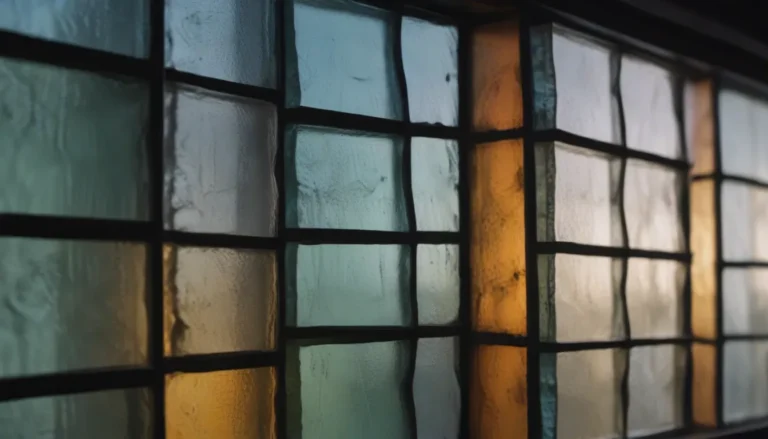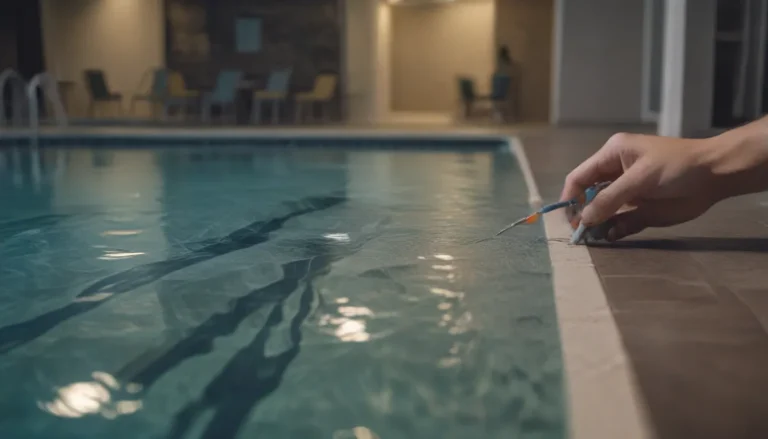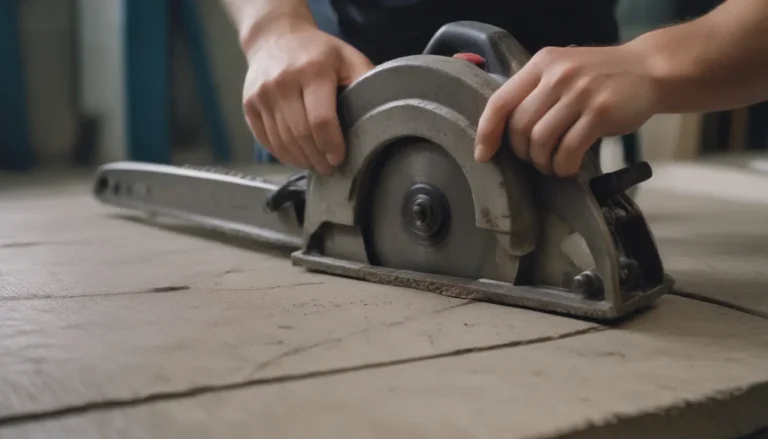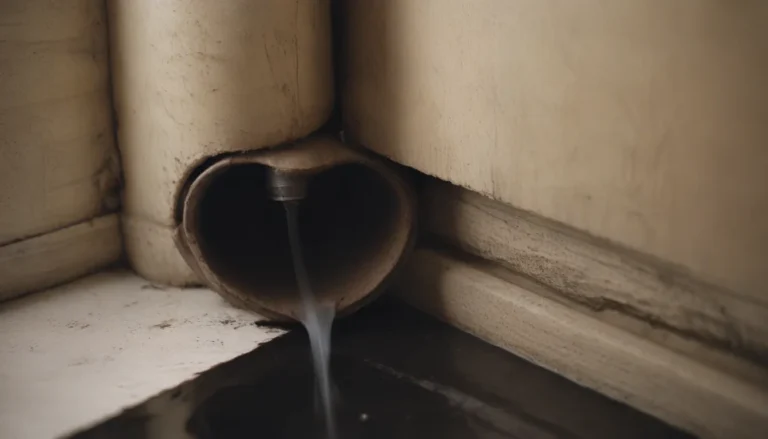Should You Paint Walls or Trim First?
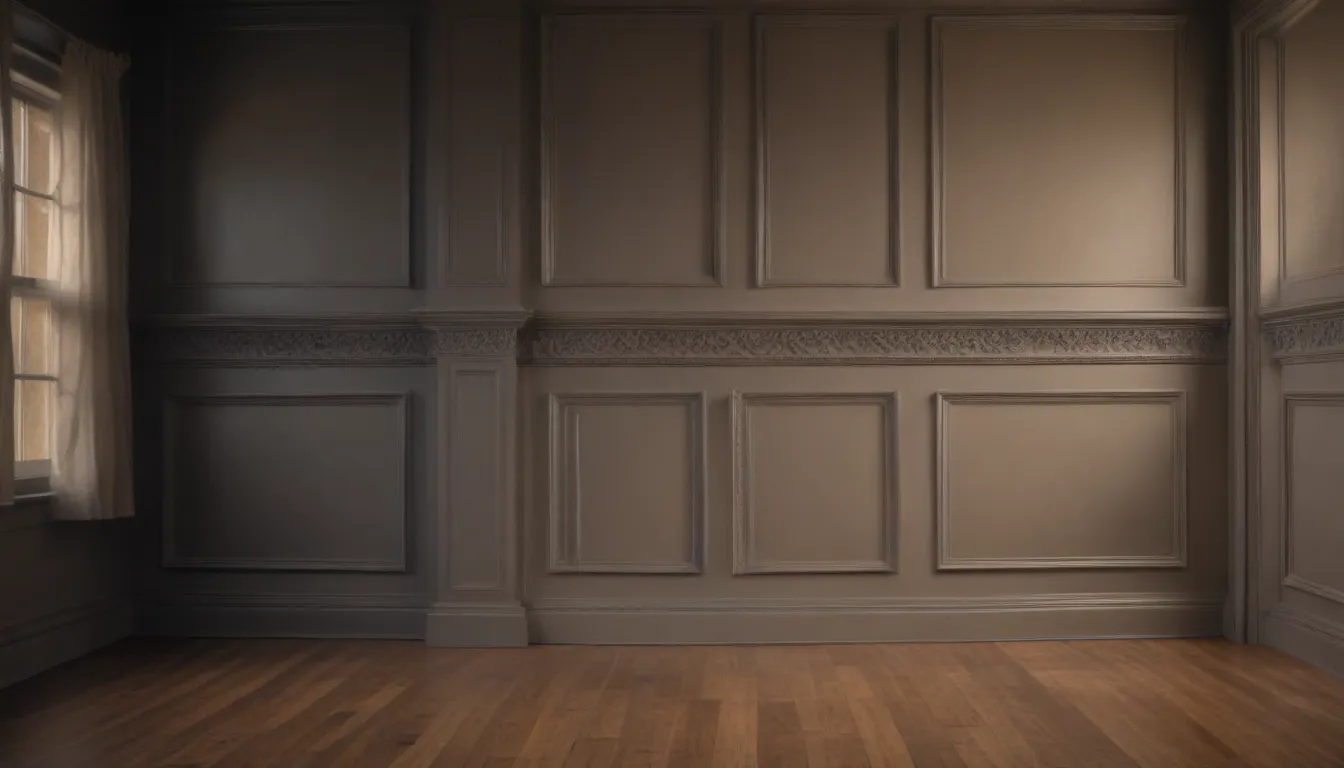
When you’re considering painting your home, a common dilemma arises: should you paint the walls or trim first? Professional painters often suggest painting the trim first, while others prioritize the walls. While there’s no definitive answer, in most cases, painting the trim first is recommended as it is easier to tape off and provides a more seamless process. This article will delve into the considerations you should make when deciding whether to paint the walls or trim first, empowering you to make the right decision for your home.
When to Paint the Trim First
When You’re a Beginner Painter
If you’re new to painting, starting with the trim can result in cleaner lines. Taping off the trim before painting allows you to focus on one area at a time, making it easier to achieve a professional finish without worrying about creating a clean line.
When You’re Taping
For many DIY enthusiasts, using tape to protect areas from paint is essential. Trim, with its smooth, sharp edges, is much easier to tape off than walls, particularly if the walls have texture. Taping off the trim first can save time and effort during the painting process.
When You Are Cutting-In
Trim is not only easier to tape off, but it also provides a clear edge to follow when cutting in. If you prefer to freehand paint and create clean edges without using tape, having the trim painted first can serve as a guide for cutting in along the fine line of the trim.
When the Room Is Under Construction
If your room is still undergoing construction or experiences heavy foot traffic, painting the trim first can help protect the walls from damage. Leaving the walls for last ensures that the fresh paint remains pristine and untouched until the final stages of the project.
When to Paint the Walls First
When You Want the Room Painted Fast
If you’re eager to see the results of your painting project quickly, painting the walls first may be the best option. Getting a glimpse of the new color on the walls can provide motivation to complete the rest of the painting process efficiently.
When You’re Not Committed to the Wall Color
Wall color has a significant impact on the room’s overall look, and if you’re unsure about the color choice, starting with the walls allows for easier adjustments. Changing the wall color is simpler than altering the trim color, preventing the need for multiple paint applications.
When You Have Temporary Help
Painting walls is generally faster and requires less skill than painting trim. If you have assistance from friends, family, or coworkers, focusing on painting the walls first can expedite the process. Save the detailed trim work for a separate painting session to ensure precision and quality.
When Using High-Gloss Trim Paint
When working with high-gloss trim paint, it’s advisable to paint the walls first to avoid any mistakes that may be difficult to correct. High-gloss paint can easily transfer to walls, making it crucial to prioritize painting the walls before applying the glossy trim paint.
Tips for Painting Walls and Trim
- Have extra painter’s tape: Ensure you have enough tape to protect surfaces from paint drips and splatters.
- Use high-quality brushes: Invest in quality brushes for a smoother finish and better application of paint.
- Use paint edgers: Paint edgers can help create sharp, clean lines without the need for tape.
- Take it slow: Painting requires patience and attention to detail, so take your time to achieve professional results.
- Prep the walls: Properly prepare the walls by cleaning and repairing any imperfections before painting.
- Cover floors and furniture: Protect floors and furniture from paint spills and splashes by using drop cloths or plastic covers.
- Store excess paint correctly: Seal leftover paint cans tightly and store them in a cool, dry place for future touch-ups.
- Don’t wait too long to pull off tape: To prevent peeling paint when removing tape, wait for the paint to dry slightly before carefully removing the tape.
While most professional painters recommend starting with the trim for a cleaner finish, there are instances where painting the walls first may be advantageous, such as when using high-gloss trim paint. To simplify the painting process, consider painting the walls before installing baseboards to avoid the need for taping. Caulking trim before painting can also create a seamless surface for a flawless final result.
In conclusion, whether you choose to paint the walls or trim first ultimately depends on your painting preferences and the specific needs of your project. By considering these factors and following helpful tips, you can achieve a professional-looking paint job in your home. Don’t be afraid to experiment with different approaches to find the method that works best for you and your space. Happy painting!
